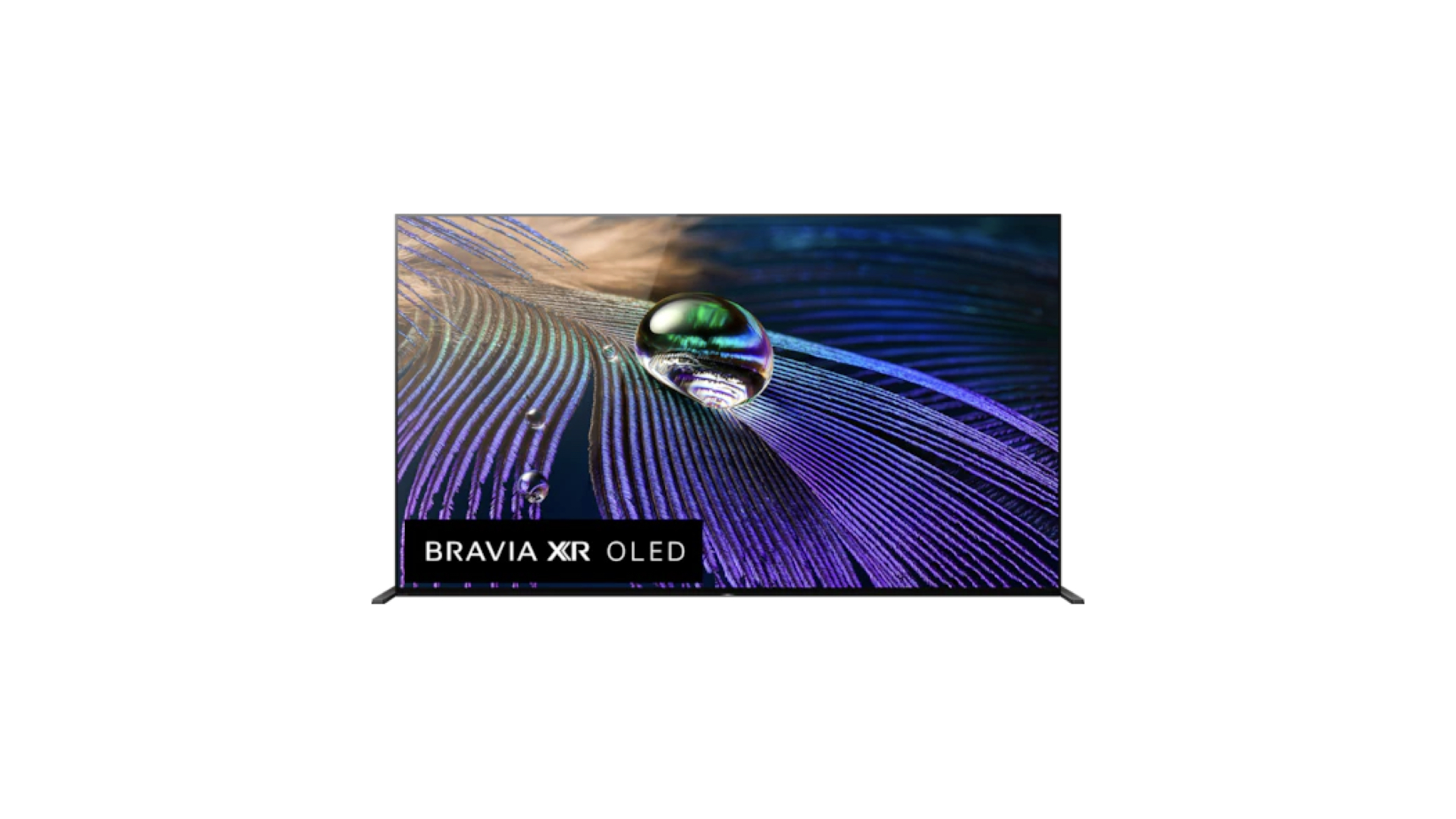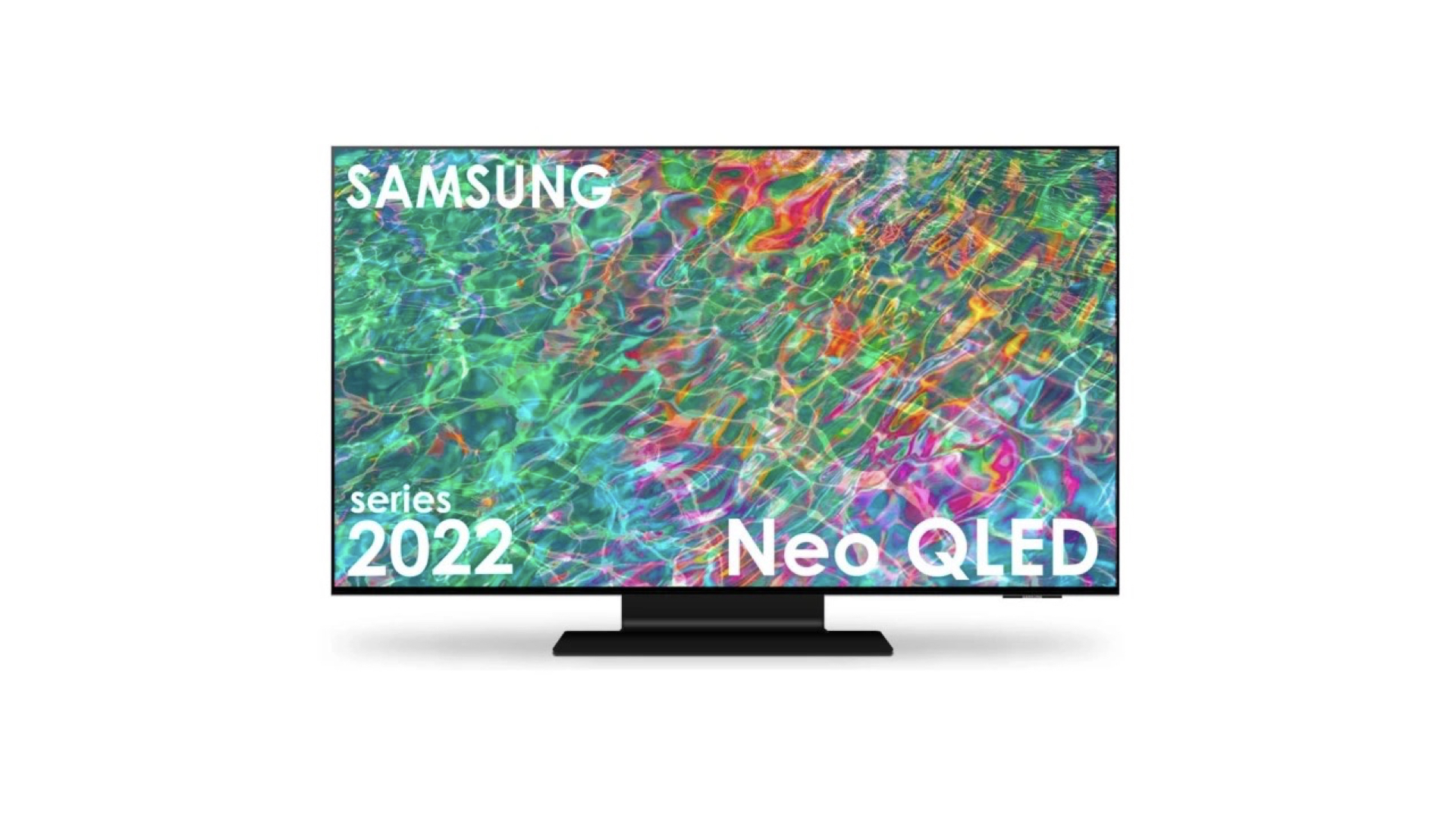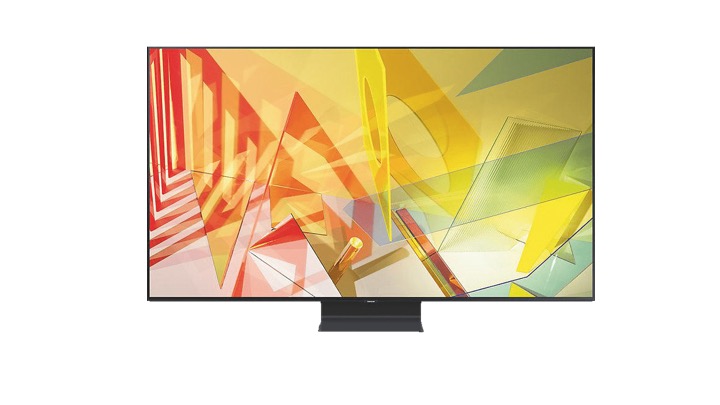The Samsung QN900B 8K QLED TV is a state-of-the-art television that offers an immersive viewing experience. To fully enjoy its capabilities, it is important to adjust the picture settings to your liking. In this text, we will discuss the picture settings for the Samsung QN900B 8K QLED TV.
Firstly, it is important to set the picture mode to your desired preference. The QN900B offers a variety of picture modes, including Standard, Natural, Movie, and Dynamic. The Standard mode is a good starting point, as it provides a balanced and natural image. If you prefer a warmer and more natural look, the Natural mode may be a better fit. For movie enthusiasts, the Movie mode is recommended as it enhances the colors and contrast to create a cinematic experience. The Dynamic mode is great for sports and gaming as it provides vivid colors and fast motion processing.
Next, it is important to adjust the backlight setting to your desired level. The backlight setting controls the brightness of the TV’s screen. If you are watching in a bright room, you may want to increase the backlight to make the picture easier to see. On the other hand, if you are watching in a dimly lit room, decreasing the backlight can reduce eye strain and provide a more comfortable viewing experience.
Another important setting is the contrast. The contrast setting determines the difference between the darkest and lightest parts of the image. Increasing the contrast can make the colors more vivid, while decreasing the contrast can make the image more natural and lifelike.
Color temperature is another important setting that affects the overall look of the image. The Samsung QN900B offers several color temperature presets, ranging from cool to warm. A cool color temperature provides a bluish tint, while a warm color temperature provides a reddish tint. The choice between these presets largely depends on personal preference and the content being viewed.
Finally, the QN900B offers several advanced settings that can further enhance the image quality, such as sharpness, local dimming, and motion smoothing. These settings are more nuanced and should be adjusted based on personal preference and the content being viewed.
In conclusion, the Samsung QN900B 8K QLED TV offers a variety of picture settings that can be adjusted to create a personalized viewing experience. By adjusting the picture mode, backlight, contrast, color temperature, and advanced settings, viewers can optimize the TV’s capabilities and fully enjoy the stunning 8K QLED display.
Best Settings:
- Picture Mode: Start by selecting the picture mode that suits your needs. Samsung offers several picture modes, such as Standard, Dynamic, Movie, and Natural. Each mode adjusts the TV’s picture settings to optimize it for a specific type of content or lighting condition.
- Backlight: Adjust the backlight to control the TV’s overall brightness. A higher backlight setting can make the picture appear brighter, but may also affect the TV’s contrast ratio.
- Contrast: Adjust the contrast setting to control the difference between the brightest and darkest areas of the picture. Increasing the contrast can make the picture appear more vibrant, but too much contrast can also result in loss of detail.
- Brightness: Adjust the brightness setting to control the overall darkness or lightness of the picture. Increasing the brightness can help to make dark areas more visible, but too much brightness can also cause eye fatigue.
- Color: Adjust the color setting to control the TV’s color saturation. A higher color setting can make the picture appear more vibrant, but too much color can also result in unnatural-looking skin tones.
- Sharpness: Adjust the sharpness setting to control the TV’s picture detail. Increasing the sharpness can make the picture appear more detailed, but too much sharpness can also result in artifacts and image noise.
- Tint (G/R): Adjust the tint setting to control the TV’s color balance. This setting can be used to correct any green or red tint in the picture.
- Motion Settings: If you’re watching fast-paced content such as sports or action movies, you may want to adjust the TV’s motion settings to reduce motion blur or judder. Samsung offers several motion settings, such as Auto Motion Plus, LED Clear Motion, and Judder Reduction.
Remember that these settings are subjective and can vary depending on your personal preferences, room lighting conditions, and the type of content you’re watching. It’s recommended to experiment with different settings to find the combination that works best for you.





